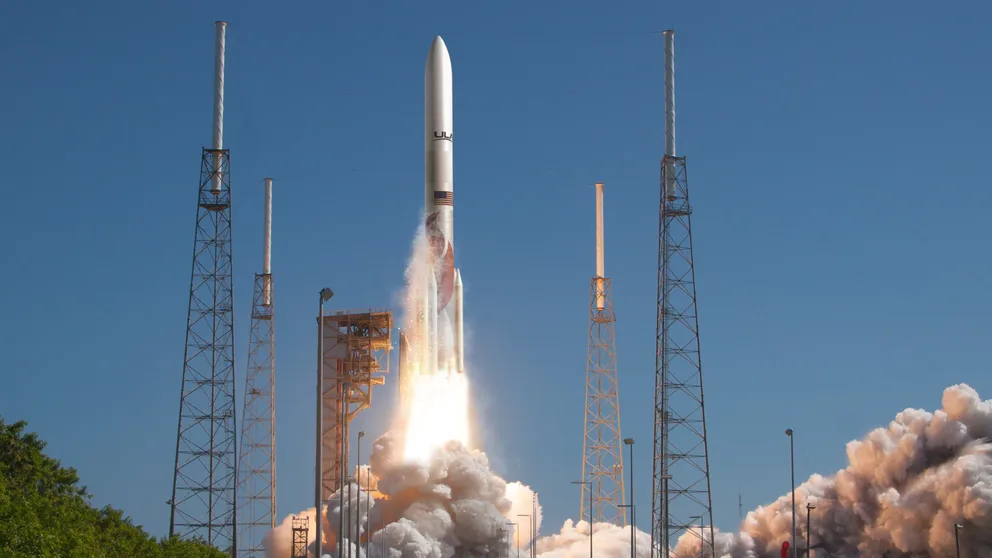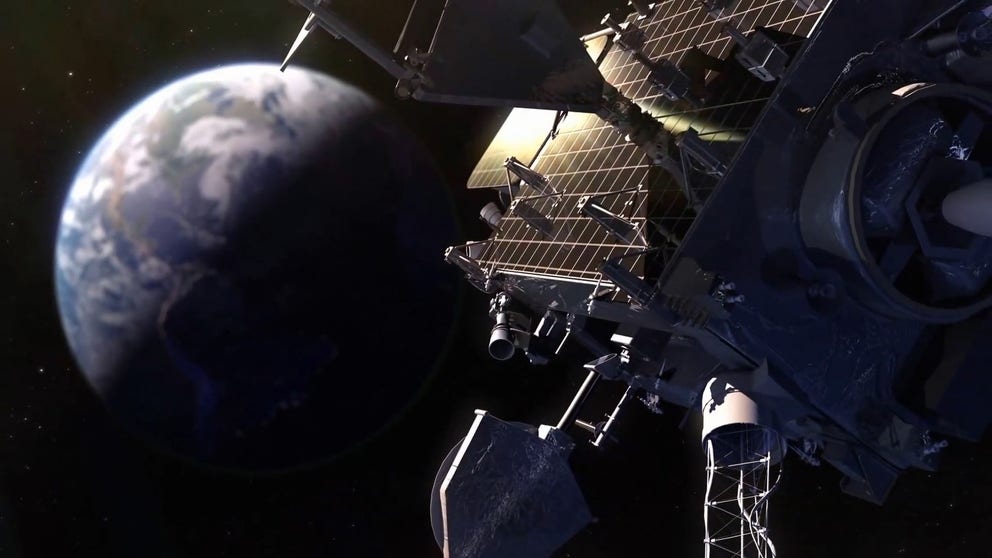Retired NASA satellite RHESSI expected to fall back to Earth Wednesday night
Most of the 660-pound spacecraft is expected to burn up as it reenters the Earth’s atmosphere, but "some components are expected to survive reentry," NASA said in a statement.
A preview of the best space exploration moments to watch for in 2023
Here are the top space exploration milestones you can look forward to in 2023, including new rockets, moon missions, astronaut launches and many more planetary and Earth science objectives.
A retired NASA satellite is expected to fall back to Earth on Wednesday night, but experts say the falling spacecraft will pose little danger to us here on the ground.
According to NASA and the U.S. Department of Defense, the Reuven Ramatay High Energy Solar Spectroscopic Imager (RHESSI) is expected to reenter the Earth’s atmosphere around 9:30 p.m. EDT.

An image showing the Reuven Ramatay High Energy Solar Spectroscopic Imager (RHESSI) satellite. It's expected to fall back to Earth on Wednesday night with most of it burning up as it reenters the Earth's atmosphere.
(NASA)
Most of the 660-pound spacecraft is expected to burn up as it reenters the Earth’s atmosphere, but "some components are expected to survive reentry," NASA said in a statement.
But don’t be too concerned. NASA says the risk of harm to anyone here on Earth is low – approximately 1 in 2,467.
RHESSI was launched into orbit in 2002 on a mission to study the high-energy electrons that carry a large part of the energy released in solar flares.
SEE THE MYSTERIOUS SPIRAL SWIRLING IN ALASKA SKY AMID AURORA BOREALIS
How satellites make forecasting the weather possible
Satellites are essential tools for meteorologists in accurate weather forecasting, providing high-quality, timely information about conditions around the globe.
According to NASA, the satellite completed its mission with its only instrument on board – an imaging spectrometer recording X-rays and gamma rays from the sun.
Before RHESSI’s mission, there had been no gamma-ray images or high-energy X-ray images that had been taken of solar flares.
During its time in space, RHESSI was able to record more than 100,000 X-ray events that allowed scientists to study the energetic particles within solar flares.
NASA said it decommissioned RHESSI after 16 years of operations due to communication difficulties within the spacecraft.

